Waterproofing is a fundamental aspect of modern construction, safeguarding structures against moisture infiltration and the long-term damage it causes. Whether it’s a residential home, commercial building, or infrastructure project, the importance of waterproofing cannot be overstated. It ensures the durability and longevity of structures, enhances occupant comfort, and prevents costly repairs in the future.

1) Concreting
Why Waterproof This Area:
Concrete is inherently porous, allowing water to seep in over time. Without proper waterproofing, its durability and strength are compromised, leaving the structure vulnerable to environmental factors.
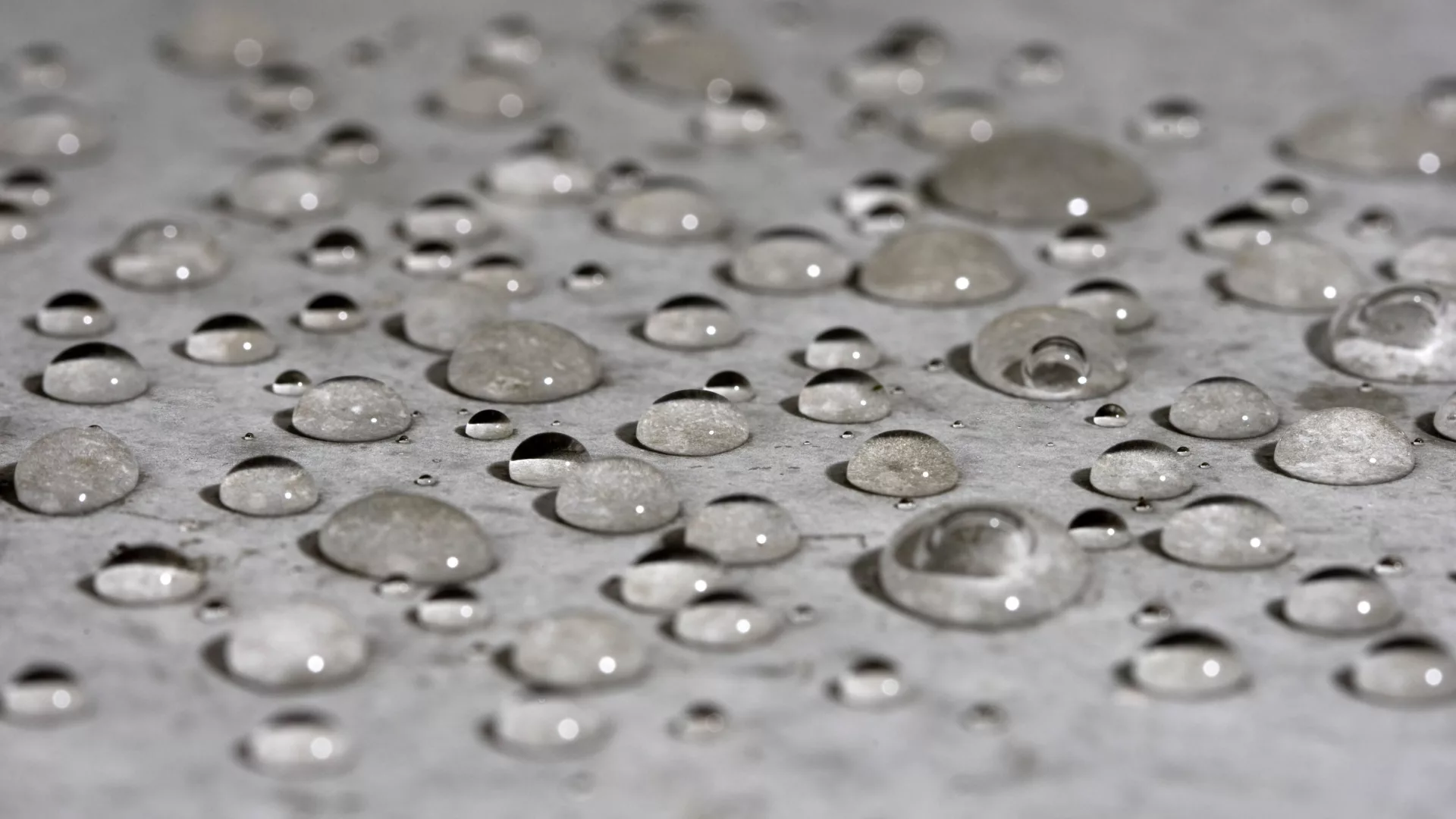
What Problems Will Arise Without Waterproofing:
Water penetration in concrete can lead to cracks, corrosion of embedded reinforcements, reduced structural strength, and increased maintenance costs over time.
How to Waterproof:
Use integral waterproofing admixtures like Super LW and Supercrete Admix during the concrete mixing process. These products reduce permeability and create a water-resistant matrix, ensuring long-term durability and protection from moisture ingress.
2) Foundation
Why Waterproof This Area:
Foundations are constantly exposed to groundwater, which exerts hydrostatic pressure. Waterproofing is critical to maintaining the structural stability of the foundation.
What Problems Will Arise Without Waterproofing:
Unprotected foundations can experience water infiltration, leading to soil erosion, structural weakening, and eventual foundation failure.
How to Waterproof:
Apply Black PU, a flexible polyurethane coating, to create a seamless barrier against water ingress. This protects the foundation from moisture while withstanding hydrostatic pressure.
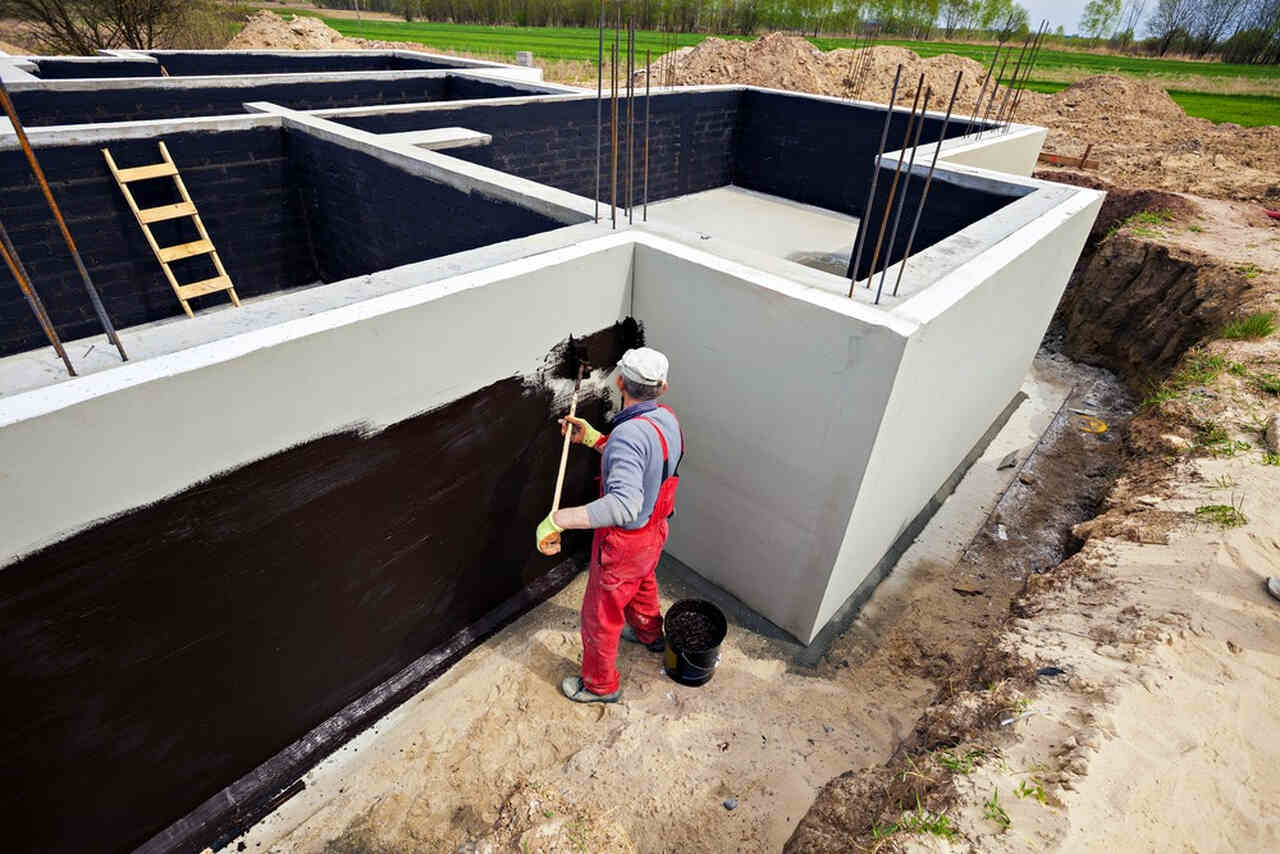
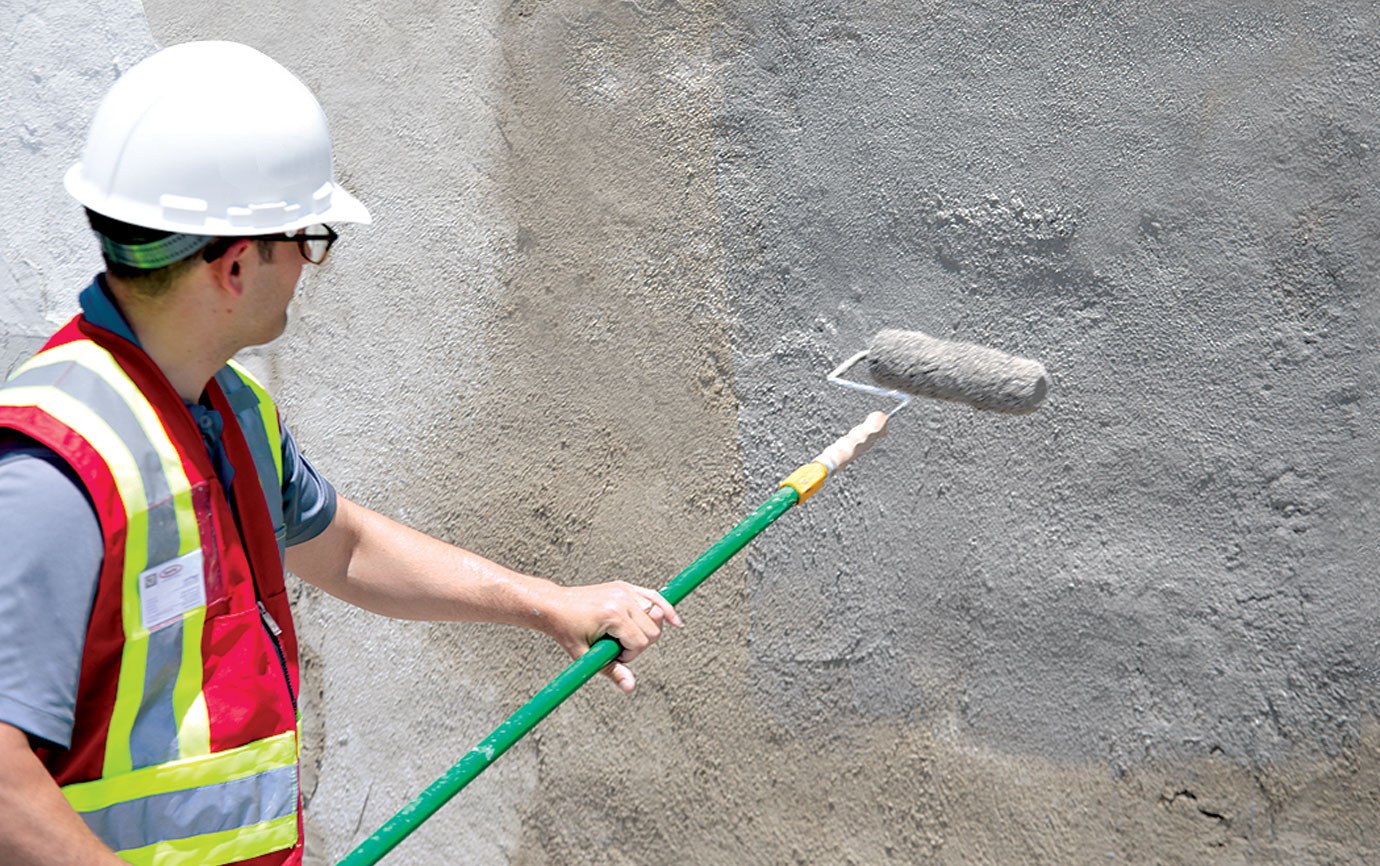
3) Exterior Walls
Why Waterproof This Area:
Exterior walls face continuous exposure to rain, humidity, and UV radiation, making them susceptible to water infiltration and weathering.
What Problems Will Arise Without Waterproofing:
Moisture penetration can cause damp patches, paint peeling, mold growth, and weakened wall integrity.
How to Waterproof:
Use Supercoat Cryl, a UV-resistant waterproof coating that protects walls from water ingress while maintaining aesthetic appeal.
4) Roof
Why Waterproof This Area:
Roofs are exposed to extreme weather conditions and water pooling, making them vulnerable to leaks and structural damage.
What Problems Will Arise Without Waterproofing:
Unprotected roofs can suffer from water leaks, thermal stress, and reduced lifespan due to continuous exposure to the elements.
How to Waterproof:
Apply Top Coat for robust waterproofing or Thermo Cryl for reflective properties to reduce heat gain. For enhanced waterproofing, use Superlastic, which provides long-lasting protection for flat or sloped roofs.

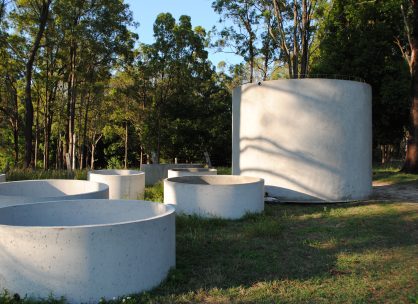
5) Water Tanks
Why Waterproof This Area:
Water tanks, whether underground or overhead, must remain watertight to prevent leaks and contamination.
What Problems Will Arise Without Waterproofing:
Leaking water tanks can lead to structural damage, water loss, and contamination, posing health risks.
How to Waterproof:
Use Supercrete Plus for internal waterproofing and Top Coat for external protection, ensuring water tanks remain safe and leak-proof.
6) Bathroom
Why Waterproof This Area:
Bathrooms are high-moisture areas where constant exposure to water can seep into floors and walls, causing damage to adjacent spaces.
What Problems Will Arise Without Waterproofing:
Water seepage can lead to damp patches, mold growth, and structural weakening in surrounding areas.
How to Waterproof:
Apply Superlastic Plus, a seamless waterproofing solution for bathroom floors and sunken areas, ensuring comprehensive protection against water ingress.
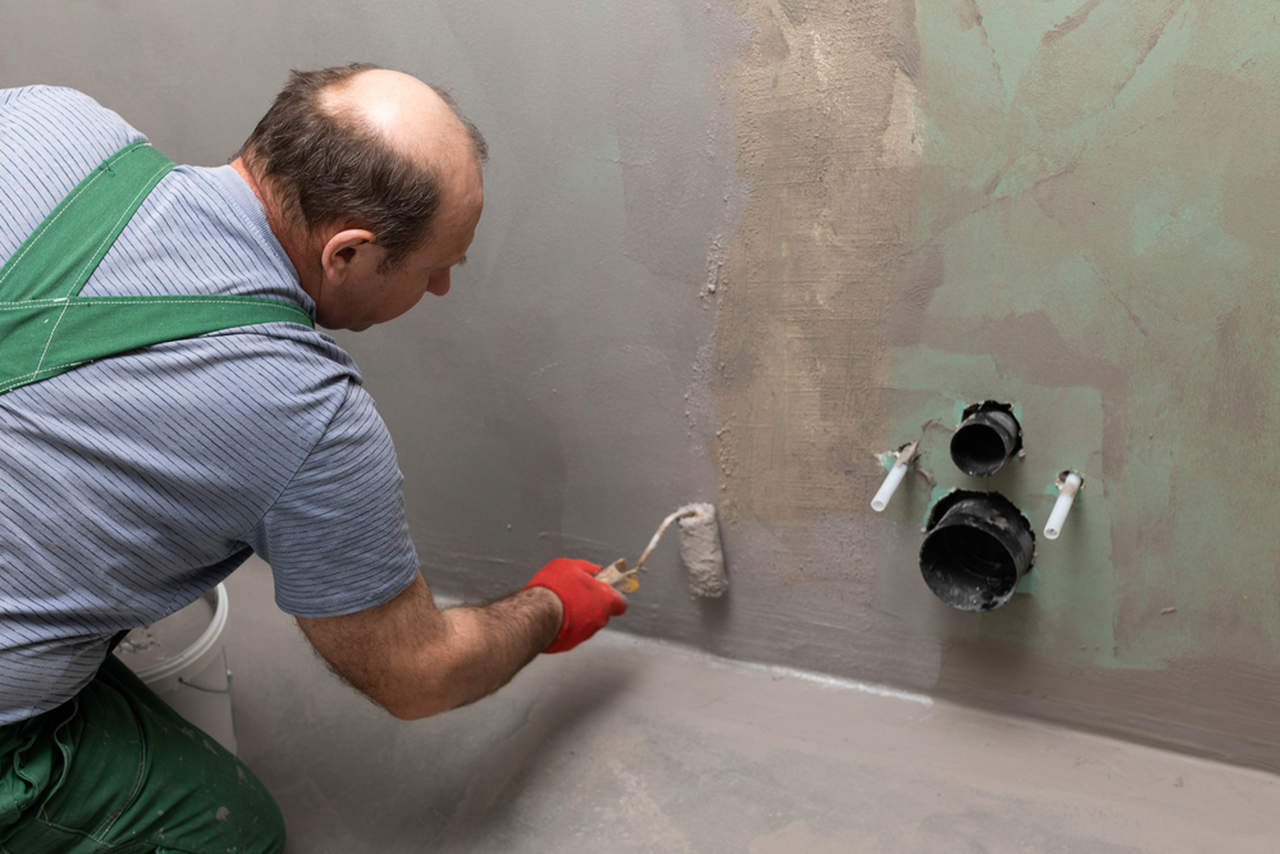
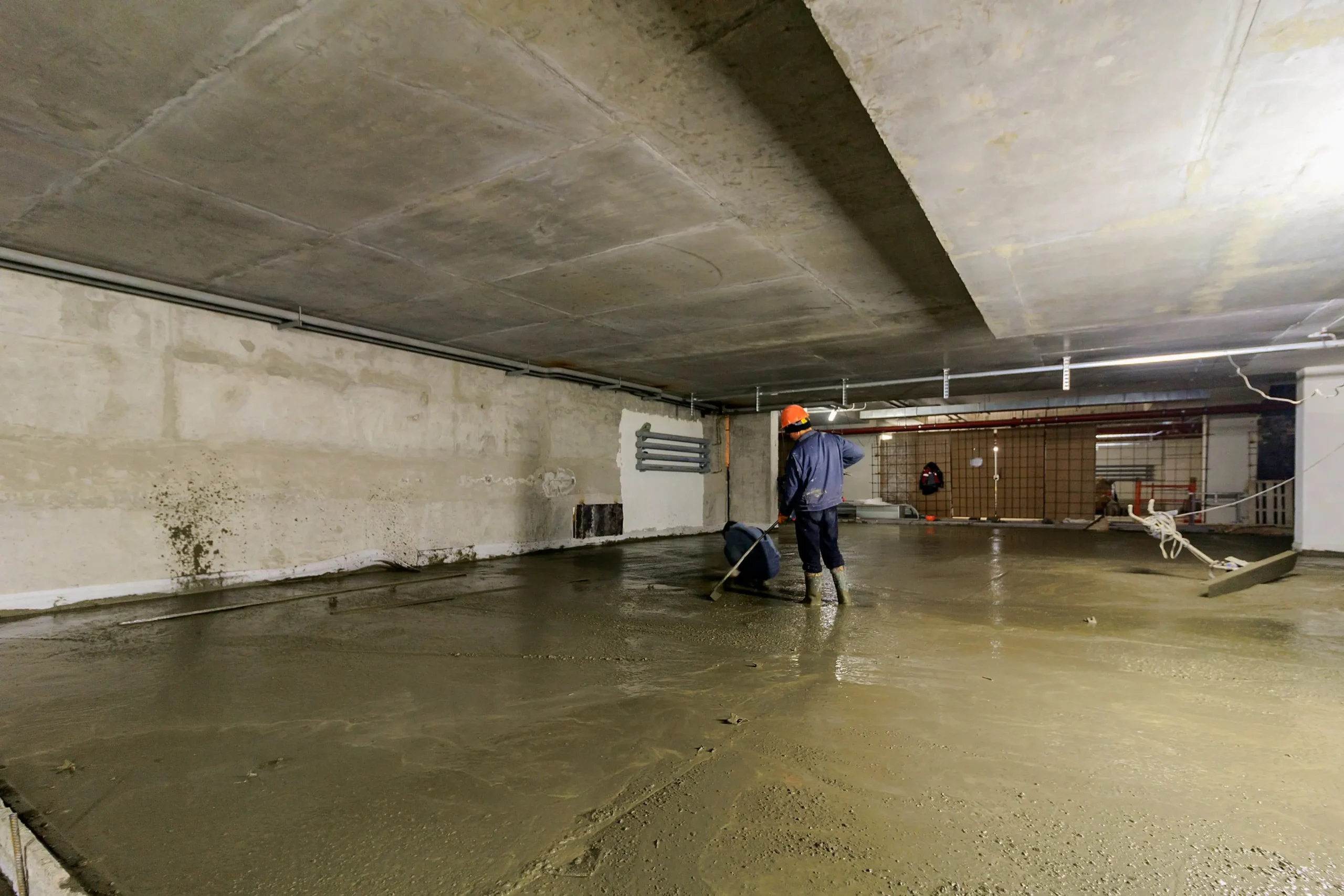
7) Basement
Why Waterproof This Area:
Basements are prone to hydrostatic pressure from groundwater, making them highly susceptible to seepage and dampness.
What Problems Will Arise Without Waterproofing:
Moisture infiltration can weaken basement walls and floors, cause dampness, and create an unhealthy indoor environment.
How to Waterproof:
Use Supercrete, a crystalline waterproofing solution, to create a durable barrier that integrates with the structure and prevents water ingress.
8) Swimming Pool
Why Waterproof This Area:
Swimming pools require waterproofing to prevent water leakage and ensure structural integrity under constant water pressure.
What Problems Will Arise Without Waterproofing:
Leaking pools can result in water loss, structural damage, and increased maintenance costs.
How to Waterproof:
Use Super LW or Supercrete for integral waterproofing during construction, and apply SBR for enhanced surface bonding and leak prevention.
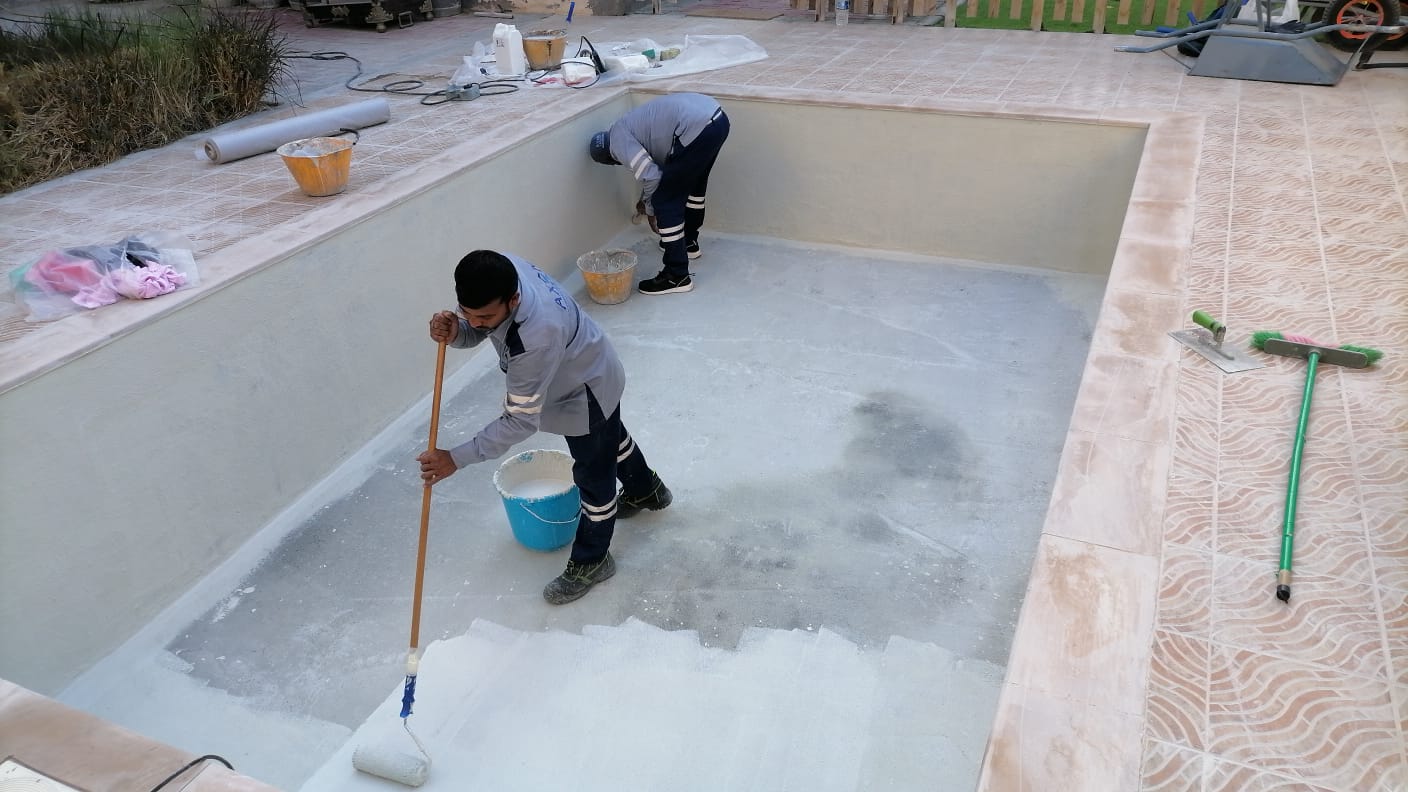
Contact MARS Cons Chem today to discover our advanced waterproofing solutions designed to protect and enhance every aspect of your construction projects!
WhatsApp us